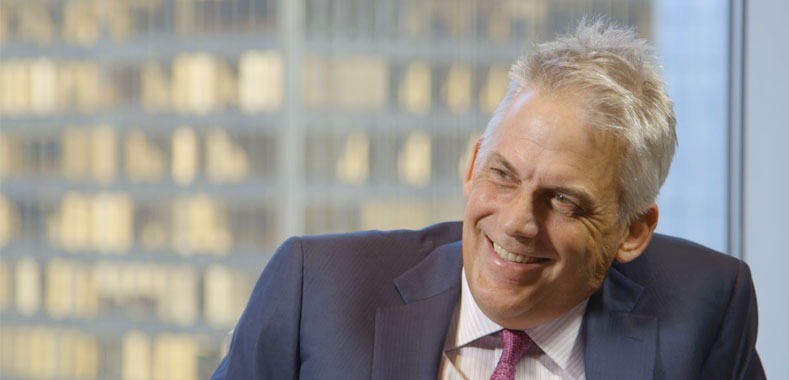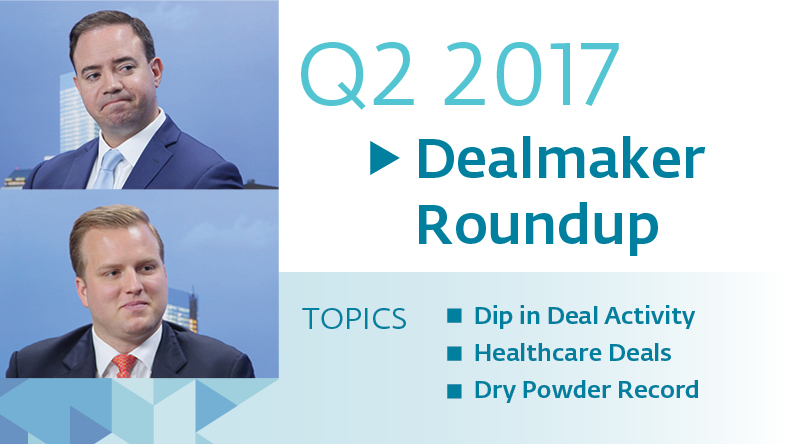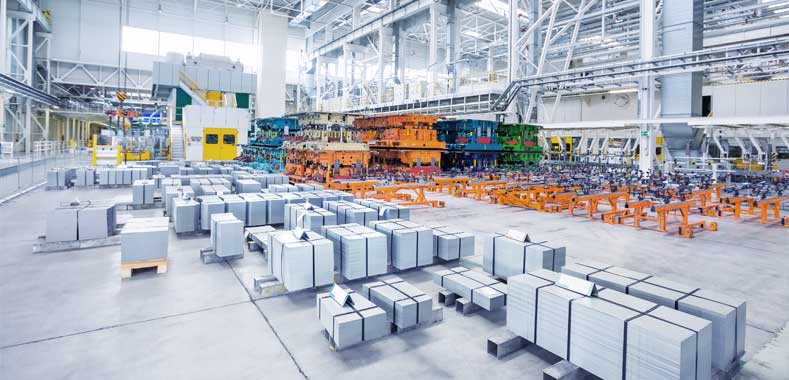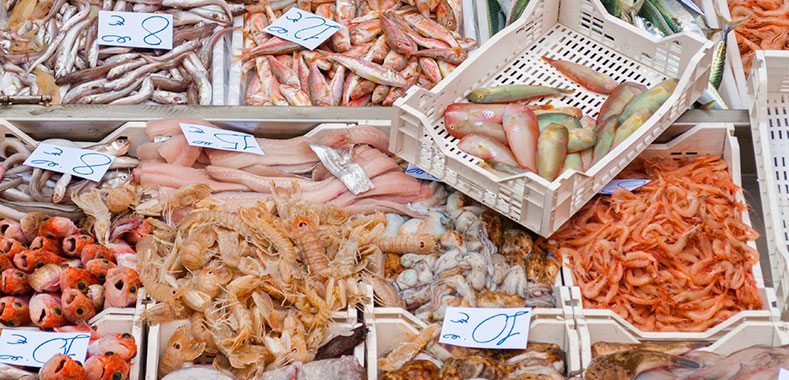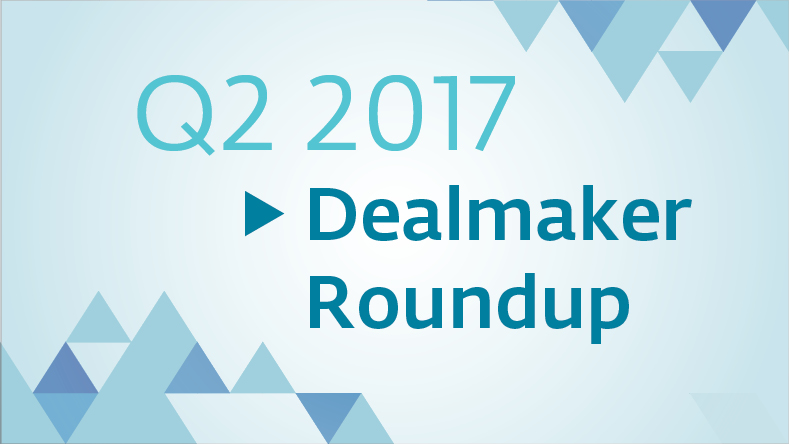Slow-Cooked Success: How Oaktree Turned Around PierreFoods
After an 8–year holding period, Oaktree Capital made a 23x return on its investment in AdvancePierre Foods, which the firm originally bought out of bankruptcy. Two members of the Oaktree team discuss the original appeal of the deal, the add–on acquisition strategy, and how they instilled a winning corporate culture.
Transcript Download Transcript
Slow-Cooked Success: How Oaktree Turned Around PierreFoods
Matt Wilson, Oaktree:
We came into a situation where the company was at a fairly dark point its lifecycle, there was too much debt, there was uncertainty around the future of the business, and working in partnership with the management team, took something that was a regional business in distress and created a world-class company.
Eight years after buying AdvancePierre Foods out of bankruptcy, Oaktree Capital Management exited in 2017 with a reported 23x return on its $100M Investment
Dean Hollis, AdvancePierre, Oaktree:
We both had experience in dealing with more of the troubled assets, and things that needed some work, and that was kind of my reputation at Conagra, I was more of the fix-it guy, and Oaktree’s not afraid of assets that are a little troubled.
Wilson: The legacy business Pierre Foods that we acquired in 2008 was an acquisition we made through the debt, the company had gone into distress due to commodity cycle and some bad acquisitions that had been made at the time, and when combined with the amount of leverage on its balance sheet, it was not sustainable for the company to continue and so we went in and purchased the debt at a discount, took it through a restructuring process and, ultimately came out owning 100% of the company on the other side with a completely de-levered balance sheet.
With Oaktree as its new owner, the renamed AdvancePierre Foods set forth on a string of add-on acquisitions
What we really liked about Advance Pierre was that besides its protein capabilities, it also had the ability to do bakery. In the context of frozen sandwiches, to be vertically integrated, meaning that you make the meat in the middle, you make the bun – we buy other condiments, but fundamentally we have the core ingredients that we can make ourselves, allows you to capture value across the chain.
when we looked at M&A, it had to be one of three things. We were buying a new customer, we’re buying a new capability, we’re buying new capacity to allow us to do more of what we do well.
Hollis: Our portfolio was protein, value added protein, and hand held sandwiches. So we saw the opportunity to look at that and say what categories can we grow in, what products can we expand in, what day parks can we expand in, what customers can we expand in? And then that gave us a very robust strategic internal and external acquisition target.
Wilson: The market was very attractive because in our business there was nothing quite like Advance Pierre, and what we saw was a lot of regional businesses or a lot of family-owned businesses that were looking for an exit so a lot of them found us.
Oaktree instituted a set of standards at AdvancedPierre Foods called the “APF Way”
Hollis: I think the biggest challenge in integrating companies is culture. Because the company has been successful to some degree and as you bring them, it’s understanding what is different between the cultures.
So as we were integrating new companies, they immediately were clicked into our AP FOIA and they immediately understood what our expectations were, what our focus was, how we measure, how we collaborate and how we execute.
Wilson: The APF Way was really led by the Oaktree portfolio transformation team and the management of the company. The idea of the APF way is that we have a process of continuous improvement in every aspect of the business whether it be sourcing, supply chain, manufacturing cost, we tracked and measured everything very methodically using KPIs, key performance indicators on a weekly basis to track the business. What we found was we were able to take over 150 million of cost out of the business and allow our production capacity to expand, which gave us the ability to sell more product and generate more sales.
In 2014, we took over 20 price increases, which had the effect of hugely improving our margins with very little volume degradation.
Hollis: When we did the IPO we were saying we had a pipeline of 65 potential acquisitions. And I don’t know what the percentage is but maybe it’s 50/50. Those that are coming to us wanting to align with AP F and us approaching candidates to come and be part of our family.
AdvancePierre went public in 2016 and was acquired by Tyson Foods for $4.2B in June 2017
Wilson: If you look at what’s happening in food generally now, I think we’re on the beginnings of another megatrend of consolidation.
When we initially purchased Advance Pierre we purchased them because we loved the portfolio. We loved the bones of the company and we saw huge potential. So we started with one leg of the stool, with the portfolio, and we finished with all three legs at a very high performing level. The portfolio, the process and the people.
that’s what led to the successful IPO and that’s what was particularly appealing to Tyson when they came to acquire the company.
This has been a very good investment for us. I mean, we’re very proud of what we’ve created here. It took longer than they usually do, but at the end of the day the return here was very good for our investors transforming it from a small regional business to a truly scalable world-class player.


